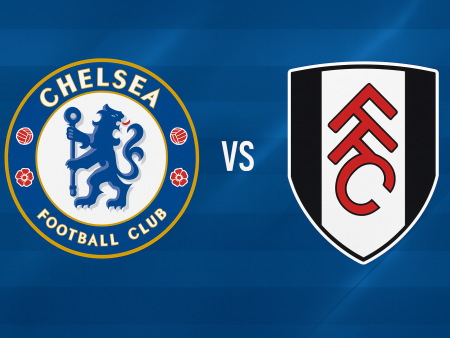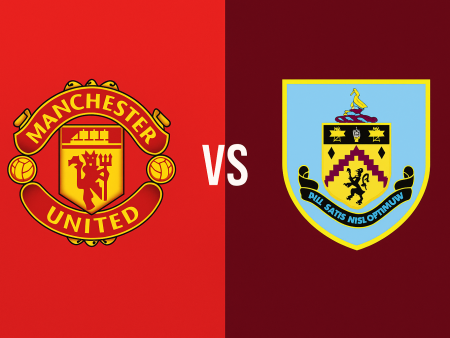Can England Break Their 58-Year Wait? A Tactical Blueprint for Euro 2024 Success
England’s quest for major tournament glory has reached its 58th year since their only World Cup triumph in 1966. As Euro 2024 approaches, scrutiny surrounding Gareth Southgate’s tenure intensifies. Despite consistent tournament performances, a recent string of warmup defeats and persistent tactical issues raise questions: What must England address to finally lift the European Championship trophy? Here’s an in-depth analysis of the Three Lions’ strengths, weaknesses, and the strategic adjustments that could shape their fate this summer.
Assessing England’s Tempo in Possession
One of the most pressing challenges for England remains the pace at which they play when in possession. Despite boasting an impressive array of creative midfield and attacking talent, the team is often criticized for a lack of urgency and dynamism. While a patient approach is sometimes necessary, especially to unlock organized low-block defences that England will likely face in the group stage, excessively slow build-up play allows opponents to regroup and shut down central spaces.
Rapid ball movement, quick passing, and sharper transitions are essential to disrupt defensive lines. When England increase their tempo, opposition gaps begin to open, creating opportunities for attacking runs between the lines-areas where players like Phil Foden and Jude Bellingham thrive.
Recent performances, such as a disjointed showing against Iceland, highlighted three core issues: inconsistent chemistry, reduced commitment in friendlies, and possibly the wrong personnel combinations. While tactical understanding can deepen with more competitive minutes and intensity typically rises in tournament play, optimal squad selection remains a key variable for converting talent into dominance on the pitch.
The Importance of Cohesion and Role Balance
England’s starting eleven appears mostly set, with names like Pickford, Stones, Rice, Bellingham, Foden, Saka, and Kane expected to start. This leaves four positions open, highlighting the necessity of balancing the squad around the team’s superstars for maximum effect.
Possessing a surplus of advanced creative players-such as Bellingham, Foden, and Cole Palmer-is not sufficient on its own. The team must ensure there are midfielders and defenders capable of progressing the ball, regaining possession, and sustaining control. A lack of effective support can limit the influence of playmakers and diminish England’s ability to dictate matches. For this reason, selecting the right supporting cast is vital.
Crystal Palace’s Adam Wharton has emerged as a strong candidate for a midfield role. His composure, tactical awareness, and ability to distribute progressive passes make him an ideal partner for Declan Rice. Together, they can blend ball recovery with offensive transition, helping unlock England’s creative assets further up the field.
Deploying a four-man box midfield featuring Rice, Wharton, Bellingham, and Foden could offer both control and creativity. However, for this setup to operate effectively, England must also focus on stretching the play horizontally.
Solving the Width Dilemma
Breaking down compact defenses will require England to consistently stretch opponents along the flanks. Currently, the Three Lions lack true left-sided width, with only Luke Shaw (whose fitness remains uncertain) and Anthony Gordon as natural wide options. If neither can start, England risk becoming overly narrow-a scenario that restricts central attacking threats like Bellingham and Foden from finding space.
On the right, Bukayo Saka becomes essential. His versatility allows him to maintain width, make incisive runs inside or outside, and combine effectively with overlapping full-backs. Not only does Saka provide crucial balance, but his ability to create space opens up central channels for England’s midfielders.
The right flank can be further amplified by utilizing Trent Alexander-Arnold, whose passing range is unmatched among England’s options. His presence adds unpredictability and directness, whether breaking lines with long passes, joining attacks out wide, or delivering quality crosses. Alexander-Arnold’s combination with Saka could prove especially devastating, compensating for the relative lack of width on the left and providing England with genuine attacking variety.
Addressing Defensive Concerns
For all their attacking potential, England must fortify their defensive foundation to contend for the title. With Alexander-Arnold’s inclination to join attacks, the defensive structure behind him needs to be robust. Stones, Rice, and Wharton are integral for this purpose, forming a backbone that can shield the back line and maintain “rest defense” against counterattacks.
Should Luke Shaw remain sidelined, Joe Gomez is a logical candidate at left back. His versatility, poise in possession, and solid defensive instincts help counterbalance Alexander-Arnold’s forward runs. On the right side of central defense, Ezri Konsa could provide additional cover. His ability to defend wide areas, honed under Unai Emery at Aston Villa, would be invaluable when Alexander-Arnold pushes high.
England’s group stage opponents largely feature imposing strikers-Mitrović, Vlahović, Wind, Højlund, and Šeško-all standing at least 1.89m tall. Lewis Dunk stands out as England’s only defender matching that physicality, potentially making him a crucial addition for aerial duels and set-piece situations.
However, it isn’t just about personnel-the timing and aggression of England’s pressing have recently shown vulnerabilities. Hesitation when stepping to the ball and a lack of intensity in transitional moments have allowed opposing teams to exploit gaps, especially in central areas. Improving the synchronization and urgency of the team’s press, as well as the counter-press following turnovers, will be vital to limit dangerous opposition attacks.
Key Areas for Improvement: What England Must Do to Win Euro 2024
To transform their potential into reality and end the 58-year wait for silverware, England’s tactical focus must center on several key areas:
- Inject greater tempo and urgency into possession, especially when building attacks against deep defensive blocks.
- Ensure a starting lineup that balances star quality with support roles, particularly in midfield and defense.
- Utilize available width, especially on the right flank, to prevent the pitch from becoming congested and unleash the creativity of central players.
- Build a strong, disciplined defensive structure-particularly when Alexander-Arnold ventures forward-and make personnel adjustments to counter physical threats.
- Improve collective pressing and counter-pressing to win the ball back quickly and prevent opposition breaks.
If Gareth Southgate and his squad address these tactical essentials, England could overcome their recent setbacks and finally deliver on the promise of their talented generation. Football’s coming home? Only time-and execution-will tell.













